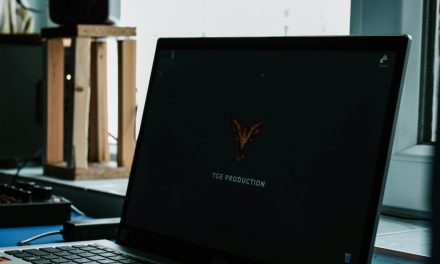The rise of ransomware gangs represents a fundamental shift in the landscape of cybercrime, from the work of individual hackers to the domain of sophisticated, professional, and brutally efficient criminal corporations.
As of September 5, 2025, these gangs are not just a nuisance; they are one of the most significant and direct threats to businesses, governments, and critical infrastructure, both here in Pakistan and across the globe. They operate with the structure of a legitimate tech company, the ruthlessness of an organized crime syndicate, and a business model that has made ransomware a multi-billion-dollar global industry.
1. The Evolution: From Simple Hackers to Criminal Enterprises
A decade ago, ransomware was often a simple, automated attack that would encrypt a single computer. Today, it is a targeted, human-operated campaign known as “big game hunting.”
- The Old Way: A low-level hacker would indiscriminately blast out malware, hoping to infect a few random individuals and extort a small payment.
- The New Way: Ransomware gangs are now highly organized groups. They meticulously research and target specific, high-value organizations—from manufacturing companies in Faisalabad to hospitals in Rawalpindi—that they know can afford a multi-million-rupee ransom and cannot afford to be offline.
2. The Business Model: Ransomware-as-a-Service (RaaS)
The engine that has powered the explosion of ransomware is a franchise-like business model called Ransomware-as-a-Service (RaaS).
- How It Works: A core group of elite developers creates a powerful and user-friendly ransomware tool. They then recruit less-skilled criminals, known as “affiliates,” to actually carry out the attacks. The developers provide the malware, the payment portal, and even technical support, and in return, they take a percentage (typically 20-30%) of every successful ransom payment collected by their affiliates.
- The Impact: This model has “democratized” cybercrime, allowing a much larger number of criminals to launch sophisticated attacks. It has created a competitive and innovative underground market, with different RaaS gangs constantly updating their tools and tactics to be more effective.
3. The Anatomy of an Attack: A Patient, Multi-Stage Operation
A modern ransomware attack is a patient and methodical process, not a quick smash-and-grab.
- Initial Compromise: The affiliate gains entry into the target’s network, often by purchasing stolen credentials from an Initial Access Broker (IAB) or through a simple phishing email.
- Silent Dwell Time: The attacker does not immediately encrypt the files. Instead, they remain hidden on the network for days or even weeks, mapping out the systems, locating the critical data, and, crucially, finding and deleting the backups.
- Data Exfiltration (Double Extortion): Before launching the main attack, the gang steals a copy of the company’s most sensitive data.
- Deployment: Once they have full control and the data has been stolen, they deploy the ransomware, encrypting the entire network and leaving the ransom note.
- The Extortion: The gang then uses a two-pronged threat, known as “double extortion”:
- Threat 1: Pay the ransom to get the decryption key and restore your systems.
- Threat 2: Pay the ransom, or we will publicly leak all of your stolen, sensitive data.
4. The Impact in Pakistan and Beyond
The rise of these professional gangs has had a devastating impact.
- Economic Damage: The cost of downtime, recovery, and ransom payments can be crippling, and it is a major factor in why 60% of small businesses go out of business within six months of a major cyberattack.
- Threats to Critical Services: These gangs are increasingly targeting organizations that provide essential services, such as hospitals and utility companies. An attack on a hospital is not just a data breach; it is a direct threat to patient care and human lives.
- A Resilient Adversary: The decentralized, anonymous, and profit-sharing nature of the RaaS model makes these gangs incredibly difficult for law enforcement, including Pakistan’s FIA, to dismantle.





